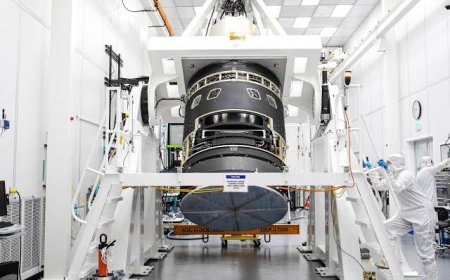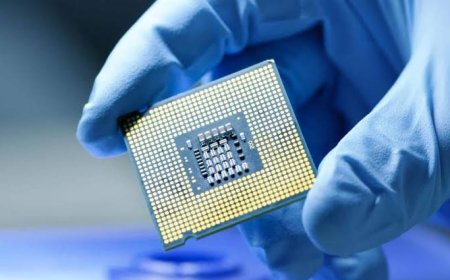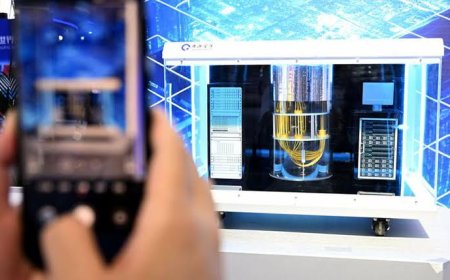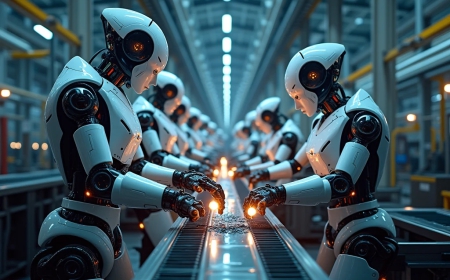A breakthrough discovery is going to be a small nuclear energy battery made in China!
Currently, a variety of low-capacity rechargeable batteries are used for energy supply in small-sized mobile digital devices. Currently, lithium ion and lithium polymer batteries are widely used, but they still have several limitations. And to solve this problem, Red Giant China is going to bring a new revolution in the world of low power supply batteries. In early 2024, a budding start-up 'Beta Volt' company in China created a stir around the world by experimentally designing and manufacturing a very small-sized BV-100 nuclear energy battery.
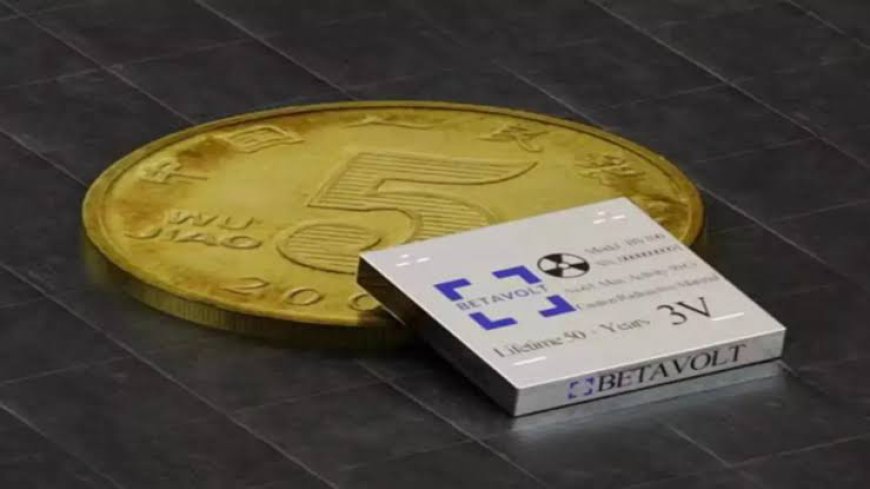
According to the information provided by the company, this new generation (prototype) nuclear cell battery is still in the very early stages of research and development. However, it may become a standard system for small uninterruptible power supply in digital devices in the near future. Such low-capacity and light-weight battery systems can provide long-time power supply to ultra-small digital devices. The company's technologists believe that this type of miniaturized nuclear power storage technology will add a new dimension to its use in the future.
China's 'Beta Volt' company claims that its newly developed nuclear micro-battery can safely supply energy for at least 50 years continuously without any charge, according to the practical capabilities of the device. And using it will not have any risks like conventional lithium ion batteries. And if their claims are true, by the year 2030, the trouble of repeatedly charging the battery of digital devices may be over.
In fact, a small module of the new generation BV-100 battery they invented uses nickel-3 isotope and diamond semiconductor material. However, their experimental micro-battery has so far been able to deliver only 100 microwatts of electricity at 3 volts. However, by 2025, they are very optimistic about designing and manufacturing batteries with a power supply capacity of at least 1 watt.
At present, this new technology small size nuclear cell BV-100 series battery is 15 mm long, 15 mm wide and only 5 mm thick. According to them, it can be used safely in temperatures from -60 degrees Celsius to a maximum of 120 degrees Celsius. With its long-term charging storage capability, there will be no hassles or worries in charging electronic devices.
Such nuclear isotope energy batteries can be safely used in space devices, AI devices, medical equipment, microprocessors, advanced sensors, high-tech robots or small drones in the near future in addition to small-sized mobile phones/smartphones. In terms of use, it will be more effective and durable than conventional batteries. It has no serious potential for overheating, explosion or fire.
Chinese technologists researching this micro-nuclear energy system believe that it uses nickel-3 isotopes as a source of energy, but there is no risk of radioactivity. Although they are still researching this high-tech nuclear energy battery, they are very optimistic about the commercial manufacturing of one-watt nuclear batteries on a limited scale around 2025. And to realize this dream of the future, they have already verified and prepared all kinds of technical capabilities.
Currently, the power supply capacity of the new version of this BV-100 series will be only 1 watt. Which will enter the market commercially in 2025. However, it is true that using this newly invented nuclear power storage device to run electronics devices that consume a lot of electricity will not be possible for the time being. Meanwhile, the 'Betavolt' company is extensively researching whether it is possible to safely use complex isotopes such as strontium-90, promethium-147 and deuterium in a new generation of powerful and long-lasting batteries capable of generating more power to solve this problem. Although their efforts have been successful, it is not yet time to say.
In fact, during the Cold War era in the sixties and seventies, the former Soviet Union and the United States installed plutonium-based isotope-enriched power generation systems to provide uninterrupted power to spacecraft. For example, Voyager-1/2 space-probes installed radioisotope thermoelectric generators (RTGs) to generate power. Which converts the heat generated from the decaying plutonium into electricity, which has kept itself active until now, albeit on a small scale. However, such a nuclear energy system was very expensive and radioactive, and its module size was also quite large.
Sources: South China Morning Post, NASA, Independent, China Daily.
